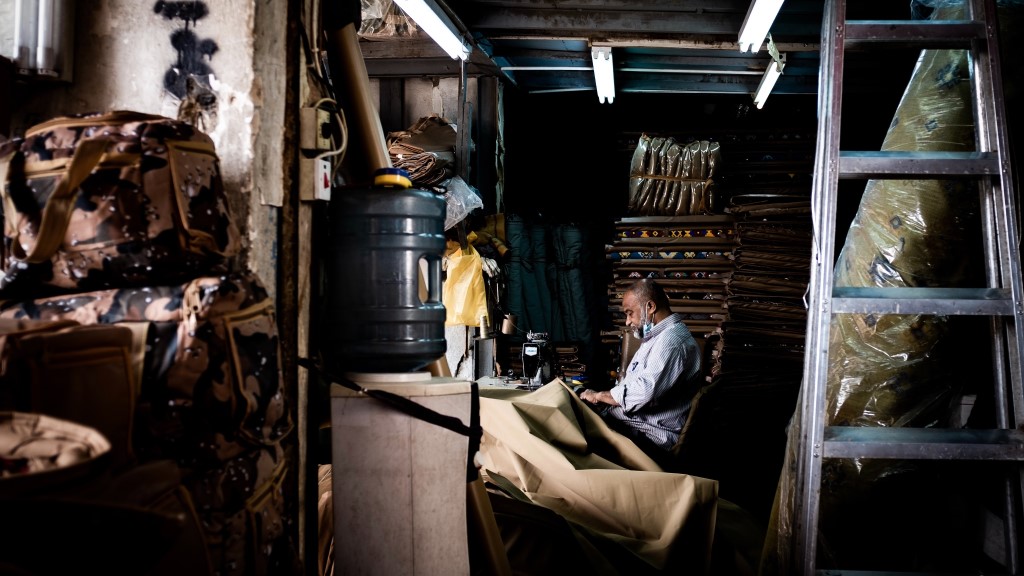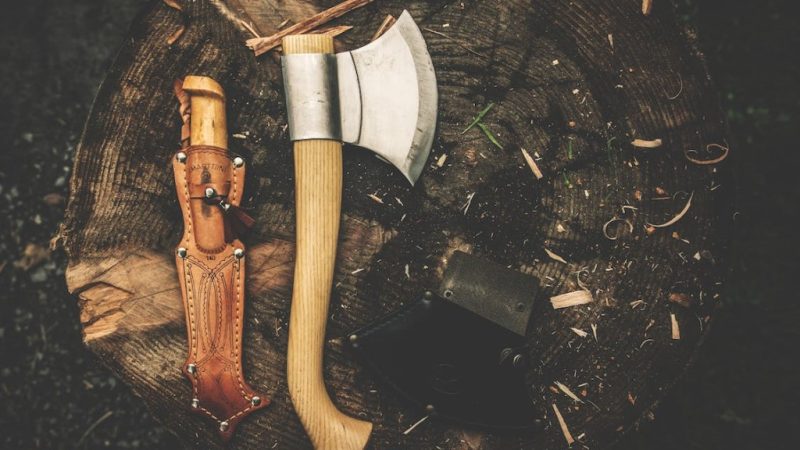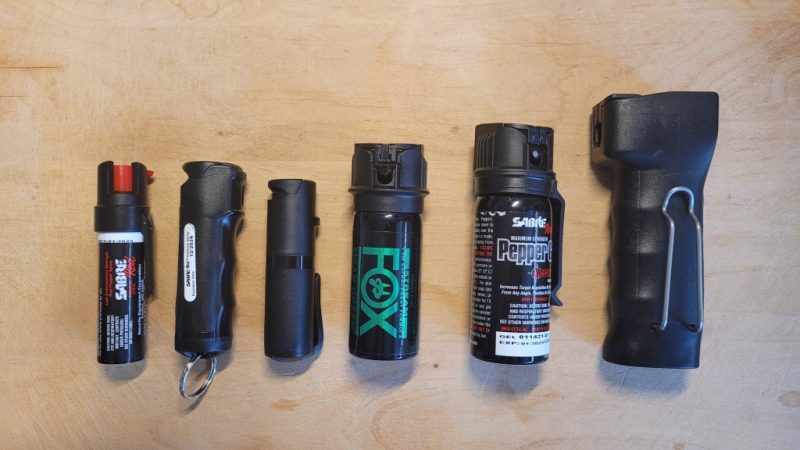Even though it is not possible to protect your house from the shockwave and thermal blast of an atomic bomb, you can protect yourself and the people you care about from the fallout of a nuclear attack or disaster by taking the precautions that are outlined in this article.
The vast majority of people will not be able to afford to buy a fallout shelter that was designed specifically for protecting against radiation, despite the fact that this is the most prudent course of action.
The uplifting news is that we won’t have to dig a bunker in our backyards and stock it with supplies in order to protect ourselves and our families from the fallout.
Providing an Answer to the Question, “What Is Fallout?”
Nuclear fallout is made when the radioactive particles in a mushroom cloud mix with the debris that has been vaporized. The wind then blows all of that debris in the direction that is downwind from the explosion.
Most of the locally concentrated fallout will be on the ground within 24 hours, and it will look like ash or sand. This is a fortunate development.
It may take several months for all of the fallout that is currently in the air to reach the ground, but once it does, its effects will be felt everywhere in the world. The radioactive particles in nuclear fallout come from hundreds of different nuclei, each of which has a different half-life, making the fallout extremely hazardous.
There is a wide range of possible durations for the half-lives of individual particles, from just a few days to decades.
This means that there is no one right answer to the question of how long the fallout will be dangerous, because it will depend on a lot of different things. This is what it means to say that there is no single answer to the question. Specialized equipment is necessary for detection because it is impossible to determine the danger level of radiation by its flavor or odor.
Making Your House Fallout-Proof
You are not likely to get any kind of warning before someone attacks you. Assuming you are alive after the initial blast, you should duck for cover as soon as possible.
If you are at home, you can put your strategy into action, which is to seek safety in your own residence. If you are currently outside and have not taken shelter, you have approximately 15 minutes to do so in order to protect yourself from the fallout.
As soon as you are safe inside the structure in which you plan to take refuge, make sure to shut all of the doors, windows, and vents to prevent the fallout from entering the building.
By closing the dampers in chimneys and sealing the vents for bathroom fans and range hoods, smoke won’t be able to get out of the building.The safest place to hide is in the basement, but any room that is located away from the ceiling and exterior walls will do.
You should stay still for at least three days and nights, preferably in a safe place, and listen to local radio stations to find out when it’s safe to come out of hiding.
Protection of Your Home from Loss or Damage
The best way to safeguard yourself and your family from the radioactive fallout that a nuclear explosion might release is to build a fallout shelter in your home.
Converting a room in your house into a fallout shelter is the next best thing you can do given that the majority of our homes are constructed out of wood.
It is recommended to create a hole in the ground in a location that is out of sight.
A room in the basement that is located close to the center of the house is ideal for this purpose; however, any room on the ground floor that is not immediately adjacent to an exterior wall will do.
The first thing that needs to be done to protect against the radiation that the fallout will bring is to fortify the walls with materials that are dense and thick.
If your shelter isn’t in the basement, it needs to be built so that it can hold the weight of heavy things like brick, sandbags, or cinderblocks.
Check that your fallout shelter has enough food, water, and supplies to last you and your family for at least a week’s worth of emergencies.
Be sure to bring along some entertaining activities to keep you occupied while you wait for the weather to improve so that you can go back outside.
In case of an emergency, it’s important to have a radio that runs on batteries so you can find out what’s going on in your area and know when it’s safe to leave your home.
After a nuclear attack, you will need to place electronics inside a Faraday cage to protect them from the electromagnetic pulse (EMP) that the explosion will produce.
Decontamination
One thing that is often not taken into account is making a decontamination area for people who come into the building from the outside.To stop the spread of infection, it is very important to build a separate room where people can change out of their dirty clothes.
It is imperative that a container that can be sealed be made available for the soiled articles of clothing so that they can be kept separate from the rest of the people who have taken refuge in the house.
When the dust settles on your skin and hair, you will need a separate area to wash it off in order to remove the residue. After all this waiting, there needs to be a place for them to change into clean clothes before entering the building.
A good place to set up a decontamination station in the house is in the garage, the mud room, or the laundry room.
Drop cloths used by painters and other types of heavy plastic sheeting would work very well to contain the fallout particles.
After the area has been cleaned up, the plastic can be carefully removed, helping to keep the fallout contained until it can be transported in large trash bags and thrown away. Bags need to have clear labels placed on them, and they should be stored as far away from your safe haven as possible.
Putting Together a Contingency Pack
To protect yourself from the effects of radioactive fallout, you need to store more than just food and water. You also need to store other important things.
Prepare a decontamination area kit in advance, just in case you have to set up shop quickly. This is the first step. Coveralls, plastic sheeting, duct tape or tuck tape, contractor-sized garbage bags, and five-gallon pails are all items that should be kept on hand. towelettes of a monstrously large size. It comes equipped with everything you need, including soap, towels, washbasins, and an exhaust fan.
The following are essential components of your personal protective equipment:
- Hazmat gear that is resistant to radiation or disposable coveralls
- gas masks or full-face respirators with a radiation resistance rating
- Containers for respirators resistant to radiation exposure
- Medications containing potassium iodide
- Radiation monitors and detectors
The final word
You should also think about stocking up on a complete first aid and trauma kit due to the widespread injuries that a nuclear attack will cause.You should also get yourself acquainted with the signs of radiation poisoning as well as the treatments that are on offer.
It may seem hopeless to be near a nuclear blast or accident, but the truth is that if you are still alive after the explosion, you have a good chance of avoiding serious injury or death by taking shelter as soon as possible. If you are still alive after the explosion, however, you have a good chance of avoiding serious injury or death by not taking shelter.






